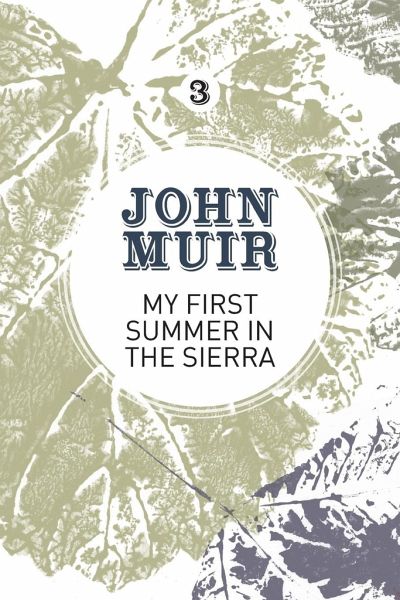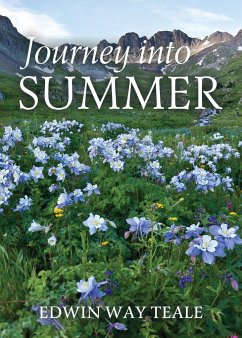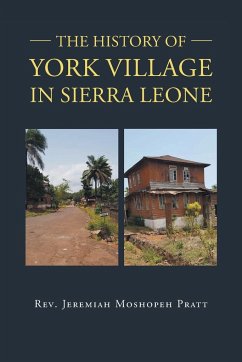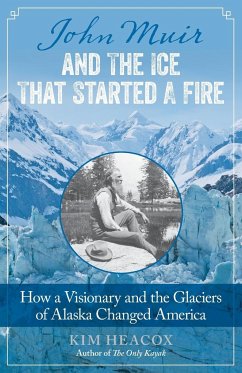
My First Summer in the Sierra
The nature diary of a pioneering environmentalist
Versandkostenfrei!
Versandfertig in 1-2 Wochen
13,99 €
inkl. MwSt.

PAYBACK Punkte
7 °P sammeln!
‘Divine beauty all. Here I could stay tethered forever with just bread and water, nor would I be lonely.’ In the summer of 1869, John Muir joined a group of shepherds in the foothills of California’s Sierra Nevada mountains, that he might study and expand his knowledge of the plants, animals and rocks he found there. My First Summer in the Sierra – first published in 1911 – is the detailed and colourful diary he kept while tending sheep and exploring the wilderness. Muir’s account tracks his experiences in the Yosemite Valley and the High Sierra alongside faithful companion Carlo t...
‘Divine beauty all. Here I could stay tethered forever with just bread and water, nor would I be lonely.’ In the summer of 1869, John Muir joined a group of shepherds in the foothills of California’s Sierra Nevada mountains, that he might study and expand his knowledge of the plants, animals and rocks he found there. My First Summer in the Sierra – first published in 1911 – is the detailed and colourful diary he kept while tending sheep and exploring the wilderness. Muir’s account tracks his experiences in the Yosemite Valley and the High Sierra alongside faithful companion Carlo the St Bernard, describing the majestic landscapes and the flora and fauna of the area with the excitement and wonder of a child. From sleeping on silver-fir-bough mattresses to goading wild bears, and valuing everything from tiny pebbles to giant sequoia, he truly immerses himself and falls in love with the wilderness. Muir’s enthusiasm is infectious, and over 100 years on his environmental message is more pertinent than ever. With a new introduction from Muir authority Terry Gifford, My First Summer in the Sierra is an enchanting and informative read for anyone passionate about the natural world and its splendours.














